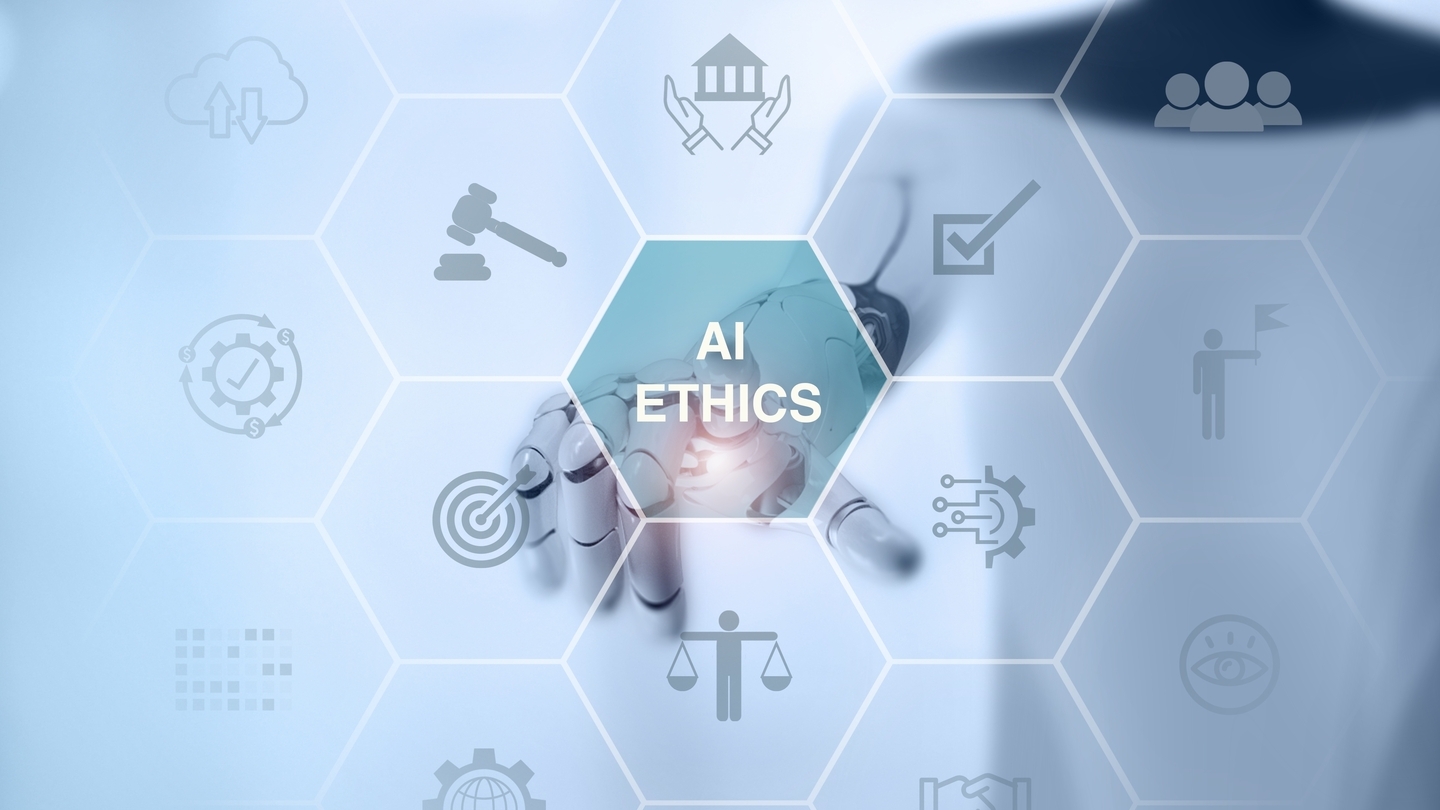The 5G Motion Capture for Performance Art and Animation project is one of the eight Challenges in the cohort for the IBC2023 Accelerator Media Innovation Programme. The project is championed by Vodafone Group, Curing Kids Cancer, Outernet Global, Production Park, University of Strathclyde, Goldsmiths University, and the participants are Singular.live, D&B Solutions, Noitom and AMD.
The specific challenge as stated on the project site is:
This ambitious Challenge will combine two previous Accelerator Award powerhouse winning teams under one umbrella to harness the powers of 5G indoors, this time focusing on two unique, creative workstreams that will both power live, cutting-edge motion capture and low-latency connectivity into creative output, focusing on the performing arts, and 3D animation into children’s hospitals.
The first Performing Arts workstream will use the latest in FPGA (Field Programmable Gate Array) innovations and will aim to demonstrate Ultra Low Latency 5G private networks to support the creation of new, immersive audience experiences for those at a live (or, as-live) performance/venue, and those engaging remotely in another performance/venue...
You are not signed in.
Only registered users can view this article.

Finding our ethical true north on AI: Part II
Part two of our insight into AI ethics and regulation continues with observations on industry efforts around standards and best practices, and why human impact should be the guiding force. James McKeown reports.
/Source - shutterstock_2464837145 (1).jpg)
Digital Catapult: AI innovations to supercharge the creative industries
Accelerated VFX workflows, video game characters you can converse with, and auto-generated visual experiences from sound for XR headsets are just some of the AI innovations devised by start-ups as part of a recent Digital Catapult programme. Adrian Pennington reports.
.jpg)
Neural Radiance Fields – A new approach to 3D modelling
From the chemical, mechanical and electrical process of creating a film, to the rise of virtual production, visual storytelling has always turned to cutting-edge technologies. Now Neural Radiance Fields (NeRF) could replace the traditional technological foundations that broadcasting and film are built upon. IBC365 speaks to leading researcher, Professor Ravi Ramamoorthi.
.jpg)
Future predictions – Part II: Leaders and analysts
The coming year hints at big changes in focus and innovations for the media and entertainment world. With giant leaps in AI advancements, streamlining production and the road ahead for ad-tech, how can vendors meet the demands of the hungry yet cost-conscious consumer, whilst staying ahead of the game? John Maxwell Hobbs gathers more expert insight from leaders and analysts in the second part of our future predictions series.

Future predictions – Part I: Broadcasters and suppliers
As we wrap up 2024, it’s time to consider what lies ahead for the media industry in 2025. John Maxwell Hobbs probed industry executives to share their crystal ball predictions on themes spanning the impact of AI, the transition from hardware to software-based solutions, data security and ways of reaching new audiences.





